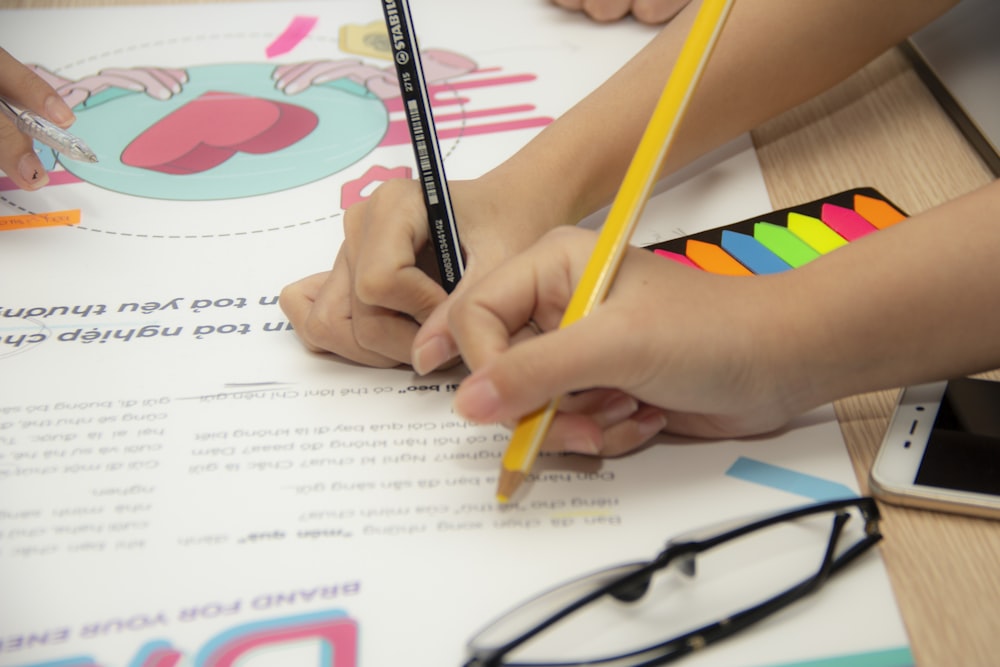The Role of Technology in SEND Education
Technology is vital in special education, offering a range of tools and resources to improve learning and cater to the unique needs of students with disabilities. In this article, we’ll explore how technology can make education more accessible for people with disabilities and discuss some software solutions designed for this purpose.
Children With SEND
A child is considered to have special educational needs and disabilities (SEND) when they face challenges or disabilities that make learning more difficult compared to most children of their age. These challenges can manifest as difficulties with schoolwork, communication, or behaviour. Fortunately, parents can seek assistance and guidance from specialists, teachers, and voluntary organizations to support their child’s unique needs and ensure they receive the appropriate help to thrive academically and socially.
The Role of Technology in Special Education: Implementations and Solutions
In today’s interconnected world, boundaries are slowly fading away. This isn’t just evident in business or politics but extends to healthcare and education as well. Regardless of citizenship or physical location, people now have access to medical and educational services from anywhere in the world. To manage these global interactions, numerous specialized commissions work on creating laws and standards.
Educational standards emphasize that students with disabilities deserve equal opportunities to realize their potential. They should engage in education and training just like their peers without disabilities, free from discrimination. Thanks to advancements in the IT industry, digital technologies have become more accessible and prevalent, opening up new possibilities for students with disabilities.
Let’s explore how technology can streamline the educational journey for individuals with disabilities.
How Modern Technology Supports Students with Special Needs
1. Accessibility and Assistive Technologies
Modern technology has revolutionized accessibility for students with disabilities. Tools and software assist those with sensory, physical, or cognitive impairments in accessing course materials and engaging in the learning process. This includes screen readers, text-to-speech software, alternative keyboards, and devices for augmented and alternative communication (AAC).
2. Personalized Learning
Technology facilitates personalized learning experiences tailored to individual student needs. Educational software, apps, and online platforms offer adaptive assessments and content that cater to diverse learning styles and abilities.
3. Communication and Social Skills
Technology aids communication and social interaction for students with disabilities. Apps, video conferencing tools, and social media platforms support students with speech and language disorders, autism spectrum disorders, or social anxiety in expressing themselves and developing social skills.
4. Learning and Skills Development
Interactive and engaging learning opportunities are made possible through technology. Educational games, multimedia presentations, virtual reality (VR), and simulations enrich understanding, foster problem-solving skills, and make learning enjoyable and accessible.
5. Data Collection and Progress Tracking
Technology facilitates data collection and analysis on student performance, progress, and behaviour. This data helps identify areas for improvement, track individual goals, and inform teaching strategies and interventions.
6. Collaboration and Professional Development
Technology fosters collaboration among educators, professionals, and parents in special education. Online platforms, forums, and video conferencing tools enable the sharing of resources and expertise. Online courses and webinars also offer professional development opportunities for teachers.
7. Transition and Life Skills
Technology aids students in acquiring essential skills for independent living and future employment. Digital organizers, task management apps, and career training software assist in developing time management, organizational, and work skills.
8. Assisting Students with Mobility Impairments
For students with mobility impairments, technology bridges accessibility gaps. Interactive tools and virtual experiences allow these students, using wheelchairs, walkers, or other aids, to participate fully in activities. Intuitive technology like touch screens and gesture-based recognition enhances their learning experience, even when sharing a classroom with non-special needs peers.
9. Supporting Students with Social Anxiety and Attention-Based Disorders
Students with conditions like social anxiety, ADHD, autism, or Down syndrome often face challenges in traditional classroom settings. Technology offers a solution by providing one-on-one learning experiences that minimize distractions. EdTech apps enable students to work independently or with educators, helping them stay focused and making learning more effective.
Final Thoughts
Technology in special education serves as a game-changer, dismantling barriers for individuals with disabilities and granting them access to tailored educational programs. Thoughtfully crafted software and hardware empower students with special needs to access contemporary education and gather essential information online.
Furthermore, technology facilitates personalized learning experiences, allowing for greater flexibility and differentiation in teaching approaches. With the aid of modern technology, educators can effortlessly adapt to each student’s capabilities and preferences. They can select from a multitude of learning strategies specifically designed to cater to the unique needs of individual learners. This adaptability ensures that every student receives an education that is both relevant and impactful.

